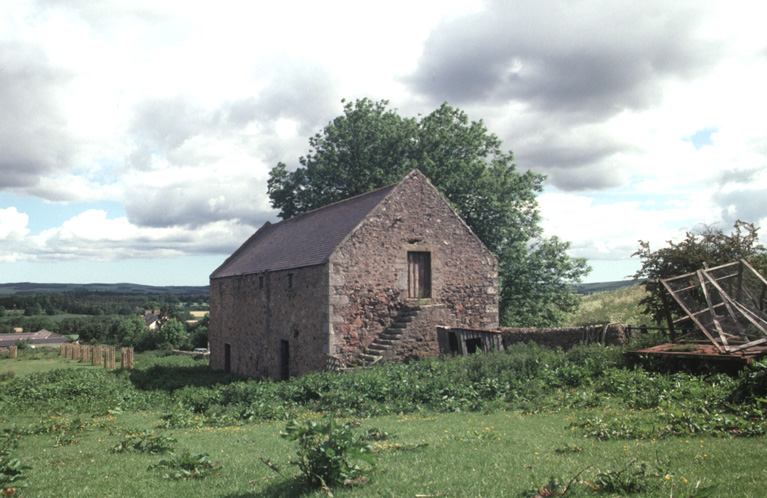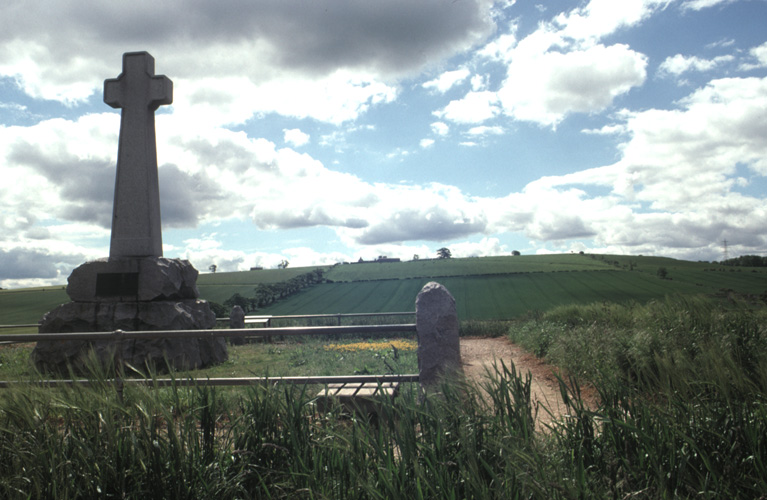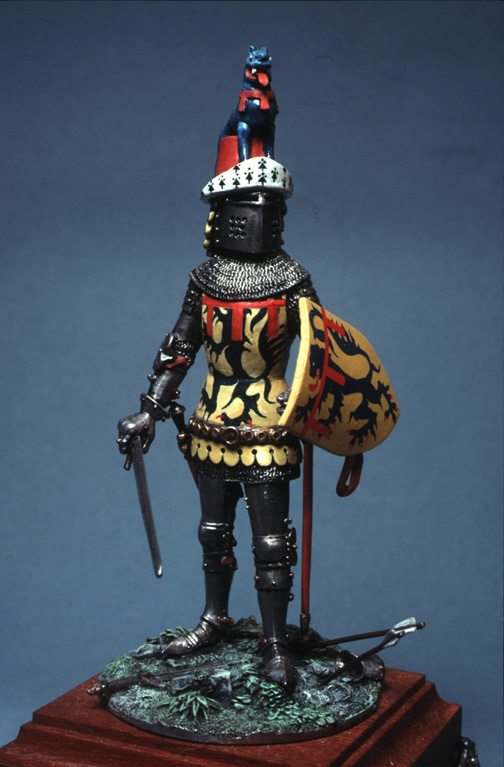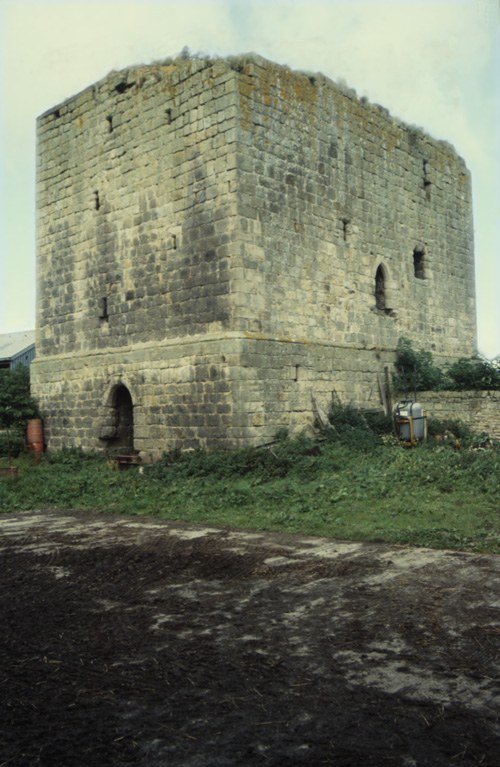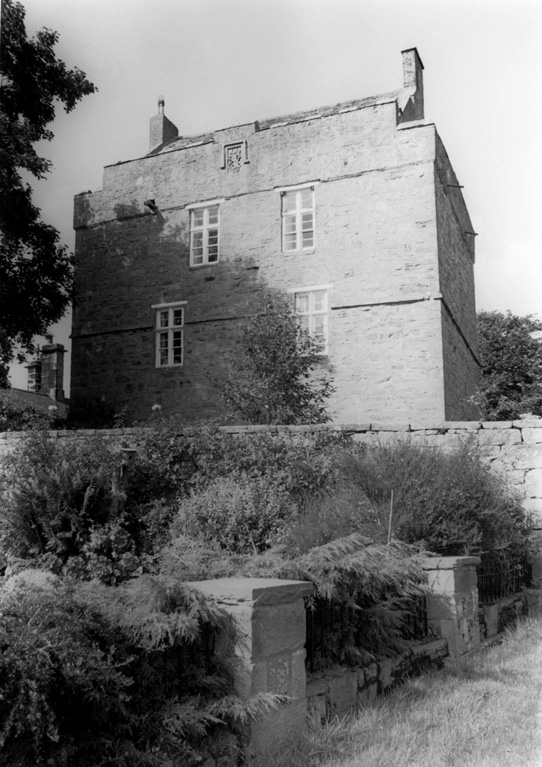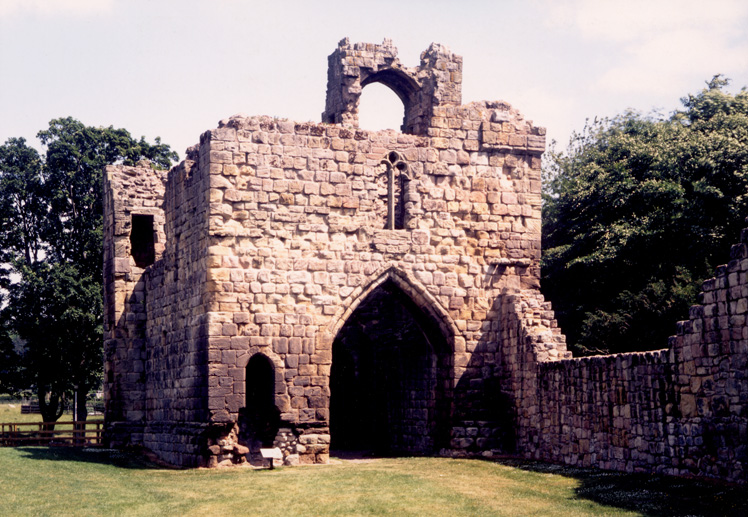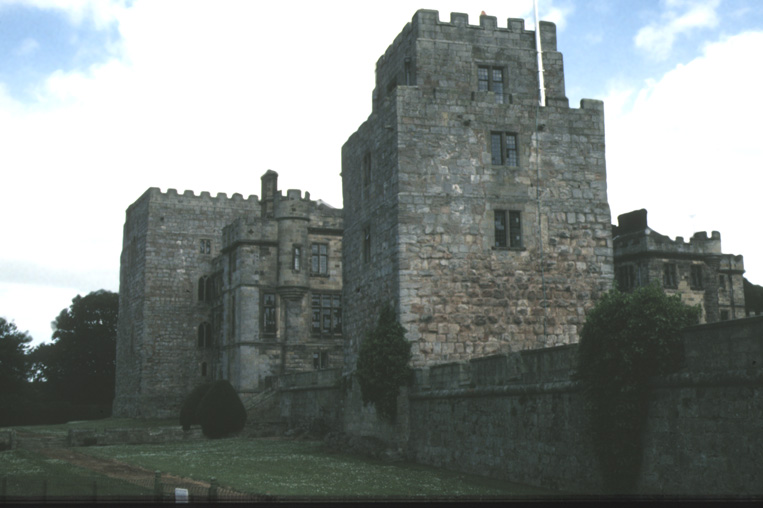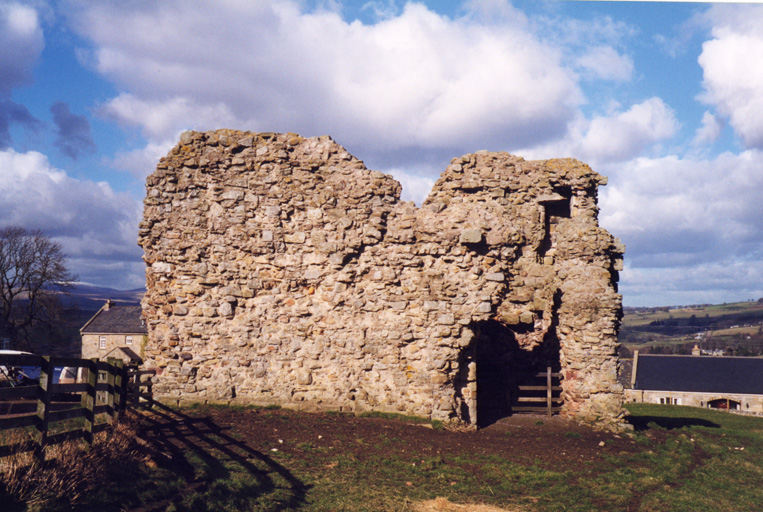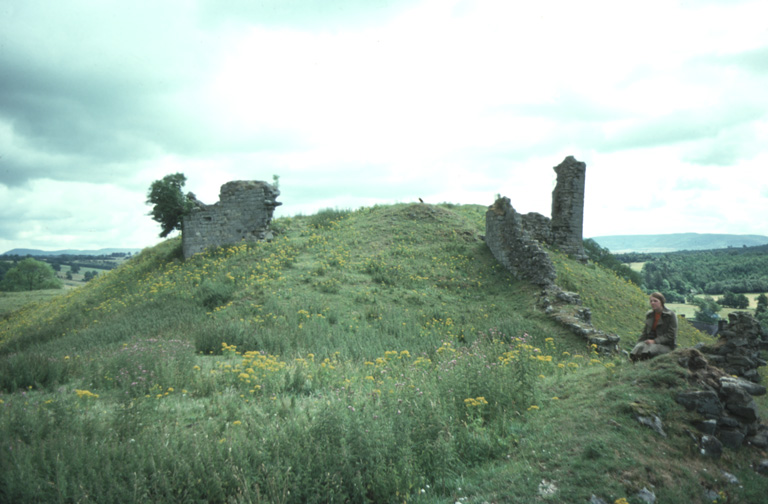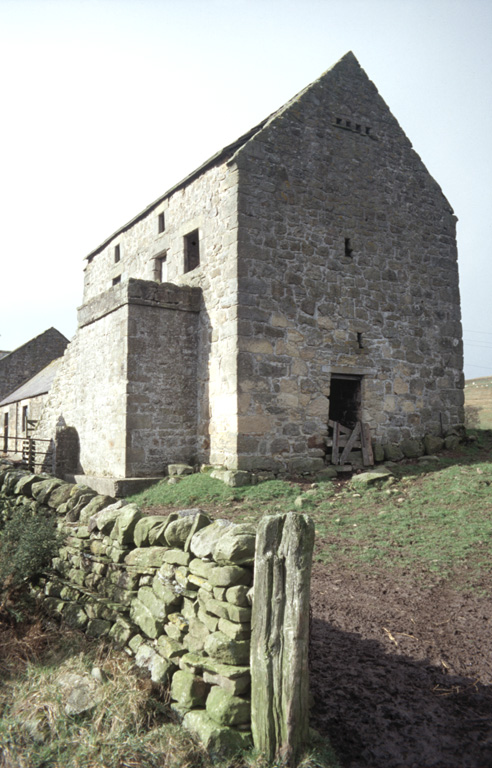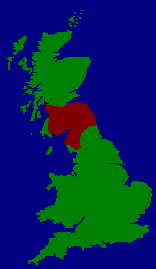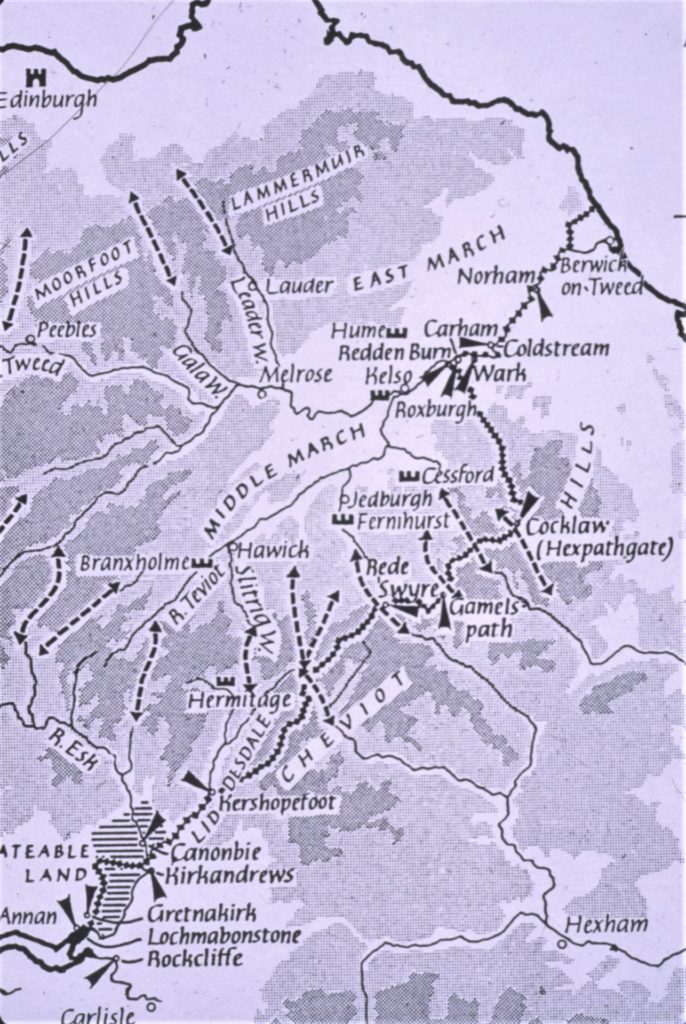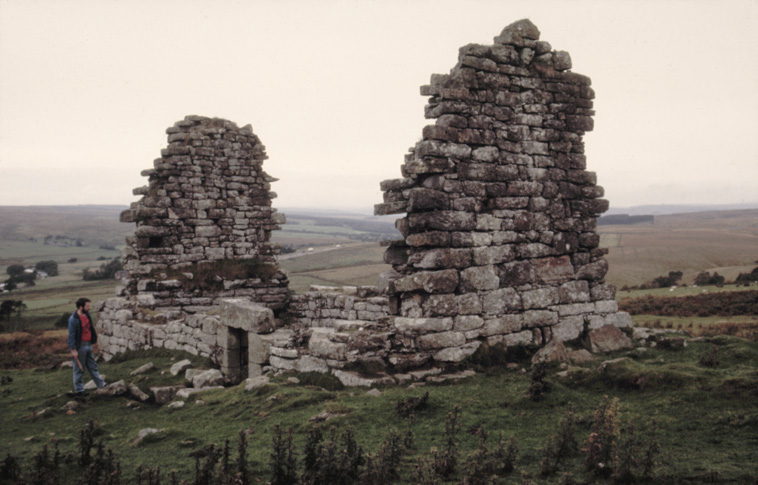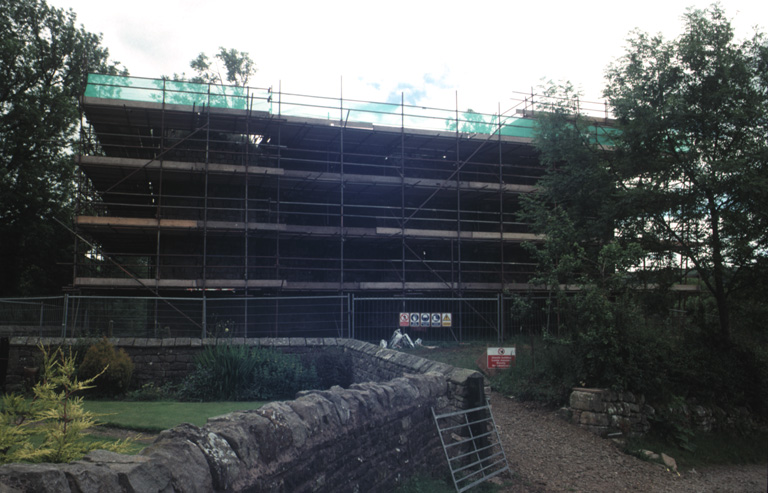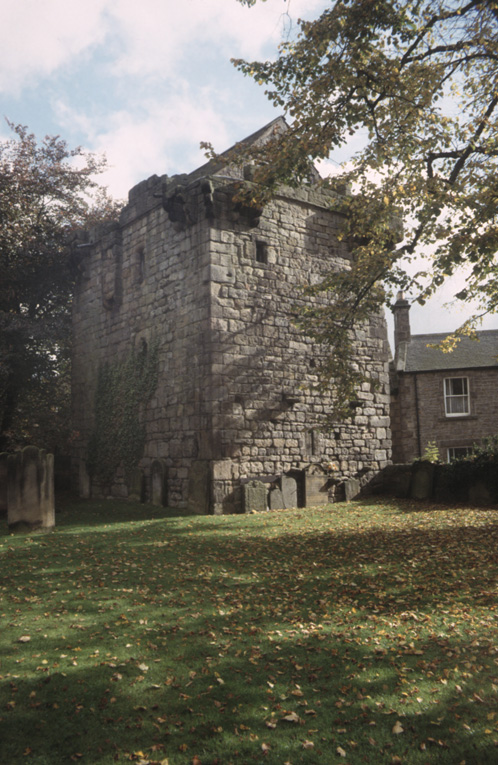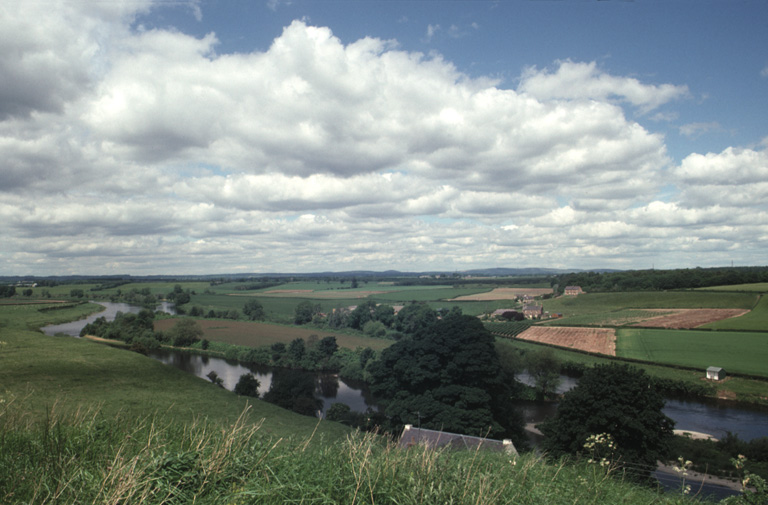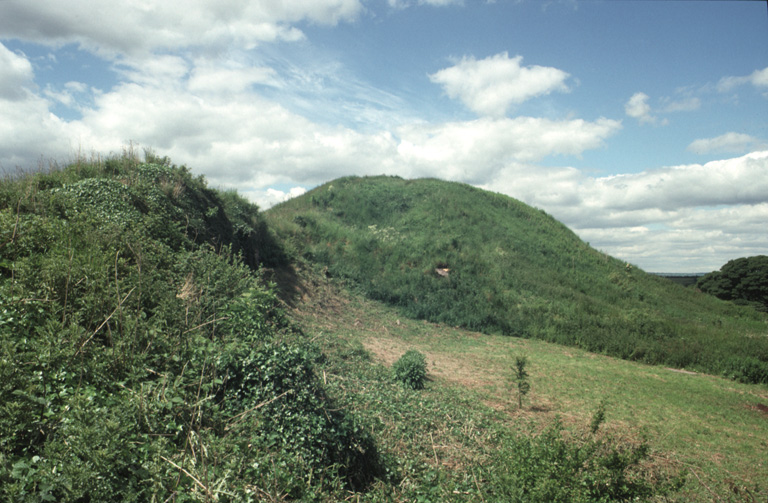- All
- Actions & Battles
- Cumberland
- Dumfries and Galloway
- Maps
- Northumberland
- Reiver People
- Scottish Borders
- Sites
- Work To Do
Akeld Bastle House, Wooler, Northumberland
Akeld Bastle House Akeld Bastle stands two miles west of Wooler in Northumberland, on the edge of the Cheviots. It was described as a “Lytle fortelett castle-house without a barmekyn” by Sir Robert Bowes in his list of Border holds which he made for the information of Henry VIII in 1541. The vaulted basement is…
Battle of Flodden Field 1513 “False Borderers”
Flodden Field, 1513 “False Borderers” Flodden Field, Battlefield 1513, Branxton, Northumberland and the behaviour of the borderers Flodden was fought on 9th September 1513 and was a disaster for Scotland. As night fell over the battlefield her King, James IV, the flower of the Scots nobility and thousands of lesser fighting men lay dead on…
Battle of Otterburn with Harry Hotspur
Harry Hotspur At The Battle of Otterburn Harry Hotspur or Henry Percy at The Battle of Otterburn Henry Percy or “Hotspur” played a prominent part in Border warfare in the late 14th and early 15th centuries. He was defeated and captured by the Scots at the battle of Otterburn which was fought until late into…
Cocklaw Tower, North Tyne Valley, Chollerton, Northumberland
Cocklaw Tower, North Tyne Valley, Chollerton, Northumberland The substantial remains of Cocklaw Tower stand in the valley of the North Tyne about a mile below Chollerton. The ruined tower stands in isolation in a farmyard and seems to be in its original state and not to have been altered or added to since the time…
Elsdon Tower or Pele, Elsdon, Northumberland
Elsdon Tower or Pele, Elsdon, Northumberland Three miles east of Otterburn, the old grey pele-tower at Elsdon stands on the high bank of the Elsdon Burn and dominates the dwellings that fringe the village green. The arms of the Umfravilles, who were Lords Redesdale up to 1436, are built into the west wall, so the…
Etal Castle, Etal, Northumberland
Etal Castle, Etal, Northumberland Etal Castle stands about four miles below the Border on the river Till, a tributary of the Tweed. The castle is deserted and ruinous as it has been since James IV captured and dismantled the place on his way to Flodden in 1513. The castle was built by the Manners family…
Ford Castle, Ford, Northumberland
Ford Castle, Ford, Northumberland Ford Castle stands about six miles below the Border in the valley of the river Till, a tributary of the Tweed. William Heron was given a licence to crenellate or fortify his house at Ford in 1338 in order to strengthen the defences of the Border against the inroads of the…
Great Tosson Tower, Coquetdale, Northumberland
Great Tosson Tower, Coquetdale, Northumberland Great Tosson Tower stands close under the Simonside Hills in Coquetdale a mile or so above Rothbury. The tower was one of a series of fortifications guarding Coquetdale where its situation, high on the hillside, make the shattered ruins a striking landmark. A survey of Border towers in Henry VIII's…
Harbottle Castle, Coquetdale, Northumberland
Harbottle Castle, Coquetdale, Northumberland Harbottle Castle, at the western end of a line of strongholds in Coquetdale, was in a position of importance in the defence of the Border. The castle is sited about eight miles from the frontier and guarded the passes into England through the Cheviots. Today it is in a hopelessly ruinous…
Hole Bastle, Bellingham, Northumberland
Hole Bastle, Bellingham, Northumberland Hole Bastle stands between Woodburn and Bellingham and is a most interesting example of a fortified farmhouse of a type once common on the Border. In times past the ground floor was used to house livestock and the floor above formed the living quarters of the farmer and his family. The…
Reiver Routes
Reiving Routes The following text is from text in the Callendar of Border Papers and dates from the 16th century. It gives an impression of the routes that Reivers may have taken on their raids to steal cattle and any other goods that were available. A ‘Raider’s Line’ is given as from Carham on the…
Reiver Truce Days and Locations
Reiver Days of Truce and Locations The Wardens of opposing Marches agreed upon a day and place of meeting usually on the frontier but sometimes elsewhere. In the west, Dumfries and Carlisle were convenient venues, particularly in the winter. Notice was then given throughout the Wardenry for bills of complaint to be prepared. Copies of…
Shittleheugh Pele, Redesdale, Northumberland
Shittleheugh Pele, Pele-House or Bastle, Redesdale, Northumberland The shattered remains of Shittleheugh stand high above the river Rede and are a conspicuous landmark in Redesdale. The side walls have fallen but the gable ends still stand to almost their full height. There are remains of buildings that have been added to the original bastle to…
The East March of England
The East March of England Map of the East March of England; boundaries and generalities. The English East March is the northern part of Northumberland. It borders the Scots East March to the north where the river Tweed defines the frontier. To the west there is a boundary with the Scots Middle March but the…
The Middle March of England
Map of the Middle March of England; boundaries and generalities. The English Middle March was that part of Northumberland not included in the East March. The Cheviots formed most of the frontier line and though they were a barrier to an army encumbered with artillery, there were many passages convenient for the predatory thieves of…
Thirlwall Castle, Greenhead, Northumberland
Thirlwall Castle, Greenhead, Northumberland Thirlwall Castle stands on high ground above the Tipalt Burn near Greenhead in Northumberland. The building is entirely constructed from Roman stone which demonstrates why the Roman Wall has disappeared in this vicinity. The ruins were in a precarious state, near to collapse and part had fallen into the Burn. Rescue…
Vicar’s Pele, Corbridge, Northumberland
The Vicar's Pele at Corbridge, Northumberland The Vicar's Pele stands well preserved, repaired and re-roofed within the churchyard in Corbridge. It was first built in the early 14th century and we know that in 1415 it had become the dwelling of the vicar, John Brigg. It is still in use today as an information and…
Wardens Meeting Place At Wark Castle
Wardens Meeting Place At Wark Castle Wardens Meeting Place and Ford over the River Tweed below Wark Castle in Northumberland The remains of Wark Castle overlook the River Tweed and one of the main fording place of the river from a gigantic mound. Days of Truce were held near Wark Castle when the Warden of…
Wark Castle, Wark on Tweed, Northumberland
Wark Castle, Wark on Tweed Wark Castle was built in the 12th century to guard one of the main fords of the Tweed and the remains overlook the river and village from a gigantic mound. The castle was a focus of military activity on the Borders and was besieged, destroyed and re-built several times over…
